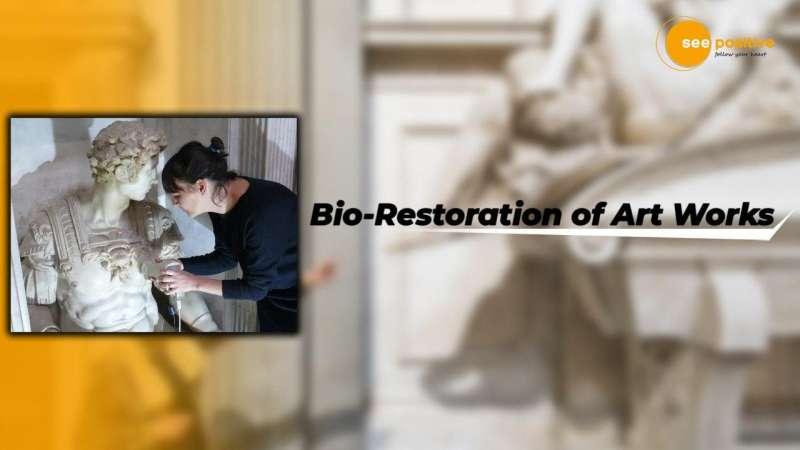

HIGHLIGHTS:
- To remove dirt, oil, glue, from monuments, stone works, and paintings, art restorers have traditionally used chemical agents.
- More recently laser procedures are being used to remove the dirt from the monuments
- Grim eating bacteria are the bacteria that are utilized in the repair of artwork.
Oil, grime, glue, and pollutants are removed from stone works, monuments, and paintings using laser techniques and chemicals in the art restoration process. However, they began to use microbes after the 1980s.
Dirt-removal microorganisms
Desulfovibrio vulgaris bacteria were initially utilized to clean a marble monument. Cave Hill Cemetery in Louisville, Kentucky provided the memorial. The same Desulfovibrio vulgaris was used to recover the “Allegory of Death” artwork in 2013. This was discovered in a Florence English graveyard.
Mysteries of Florence
Florence is a city in the Italian country of Tuscany. It is home to numerous Renaissance masterpieces. Bacteria were used to recover some master works of art in Florence. The following are the details:
A team of researchers in Florence cleaned the dirt out of a marble statue’s hair. Pseudomonas stutzeri bacteria were used to do this.
In Spain, monuments, granite slabs, historic bridges, and church walls have all been cleaned with the P stutzeri bacterium. It was also utilised to restore the Church of Santos Juanes in Spain, as well as the Camposanto Monumentale in Italy. These structures date from the 17th century. The bacteria P stutzeri was employed to clean the fresco Triumph of Death. During World War II, this cemetery in Campo Santo was bombarded. Rhodococcus bacteria are used to clean the oil, casting mould and glue.
The Bio Restoration Process in Action
Cleaning art works with microbes can be done in a variety of methods. Immersion of movable monuments in bacterial cell solutions employing delivery mediums such as carbogel, sepiolite, cotton, and hydrobiogel is one example. These germs are cultivated in various media before being applied on the monuments.
Bacteria That Eats Garbage
Grim eating bacteria are the bacteria that are utilized in the repair of artwork. The Indian Archaeological Survey is exploring for ways to use these microbes to help restore the Taj Mahal. Pollution has caused discoloration to the Taj Mahal. Scientists believe Taj could benefit from the usage of calcifying microorganisms.


